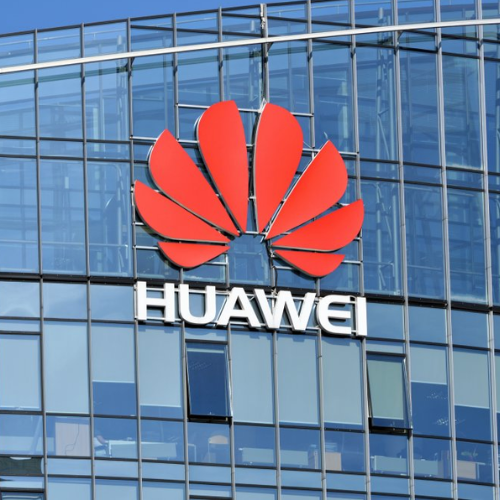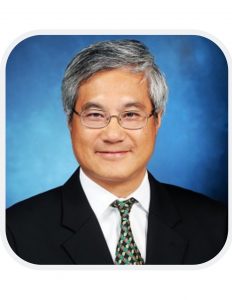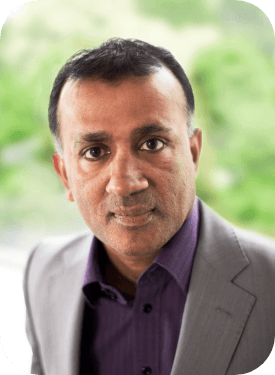A Commitment to Social Obligations and Making a Difference
Many might be surprised to learn that Huawei considers sustainability to be an integral part of its business priorities. It has four sustainability strategies, all of which are aligned with its vision and mission: Digital Inclusion, Security and Trustworthiness, Environmental Protection, and Healthy and Harmonious Ecosystem. Each of these strategies is integrated with the company’s business and product development. For example, Huawei’s products and solutions are increasingly designed to help the business and their clients reduce energy consumption and CO2 emissions.
While the company does release annual sustainability reports, these do not adhere to the typical Western ESG (environmental, social, and corporate governance) or CSR (corporate social responsibility) reporting. Similarly, the company does not place too much of an emphasis on philanthropy and has not set up a foundation or philanthropic arm. Instead, it invests in developing cost-effective and sustainable solutions using its technology and working with local and multilateral partners to achieve its objectives in countries where the needs are most critical.
Consider TECH4ALL, the company’s long-term digital inclusion initiative, dedicated to producing innovative technologies and solutions that enable an inclusive and sustainable world. They have applied AI and cloud to learn the sound of endangered animals, rainforests, and wetlands, to remotely monitor and prevent illegal hunting and logging. This application has been used in many countries in Latin America and Europe and has the potential to be deployed in other fields.
Another example is RuralStar. As part of its commitment to rural development and bridging the digital divide to boost development in remote areas, Huawei invested in innovating simpler and smaller technology for data transmission. The RuralStar solution allows a base station to be constructed on a simple pole instead of a dedicated tower, with low-power features that can be powered using six solar panels. RuralStar is widely recognized as one of the greenest and most cost-effective solutions available for remote and rural communities. Notably, the business decision to service rural areas comes at an estimated 30 percent reduction in profit margins compared with the traditional focus on high-density urban areas only. Globally, this technology services small villages of several thousand residents at a 70 percent cost reduction compared to traditional solutions. Following its first pilot in Ghana in 2017, over sixty countries have implemented RuralStar and over 50 million people in rural areas have benefited. As an example of how such projects are funded, in 2020 in Ghana, the Ministry of Communications and the Ghana Investment for Electronic Communications signed a financing agreement with Export-Import Bank of China for Huawei to deploy more than 2,000 RuralStar sites for Ghana to provide voice and data services for over 3.4 million people.
Within its goal to drive digitalization, Huawei has also been consistently investing in green transformation. Beyond a significant increase in the use of renewable energy within their own operations (a 42.3 percent increase from 2020), an increased energy efficiency of their products is also an important metric in their innovation process. A company reports a 1.9 times increase in energy efficiency in their main products since 2019, which in turn helps their customers and industry partners reduce their carbon footprint.
More broadly, Huawei’s digital power technology is being deployed and used in many solar farms globally. The idea is to manage watts with bits to help better produce clean energy and cut emissions. By the end of 2021, Huawei Digital Power had helped customers generate 482.9 billion kWh of green power and save about 14.2 billion kWh of electricity. These efforts have resulted in a reduction of nearly 230 million tons in CO2 emissions, equivalent to planting 320 million trees.
The ability to choose to meet its social commitments and to take concrete steps towards realizing its corporate vision beyond the mission statements is relatively unique to Huawei. At a time when companies are striving to meet ESG goals and overcome the fundamental tension between short-term priorities and investments for sustainable growth, Huawei works to overcome such challenges by seeing its products and services as key enablers of sustainable development. It is committed to developing information and communications technologies for reducing carbon emissions, promoting renewable energy, and contributing to the circular economy. Huawei strives to promote energy conservation and emission reduction in its own operations and to use more renewable energy. This is possible to achieve due to internal consensus across the leadership team to make strategic choices aligned with their sustainability agenda, the desire to invest in long-term ambitions, and the capacity to innovate new products that allow them to achieve their sustainability goals.

























